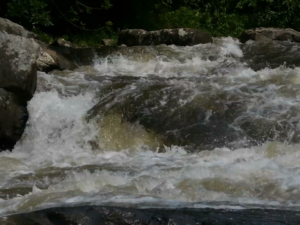 http://historyoftheupperyough.com/wp-content/uploads/2021/02/300056122-e1612410384314.jpeg
720
960
chrispreperato
http://historyoftheupperyough.com/wp-content/uploads/2014/04/logo1.png
chrispreperato2021-02-04 03:08:182021-02-05 22:41:35Cheesburger Falls
http://historyoftheupperyough.com/wp-content/uploads/2021/02/300056122-e1612410384314.jpeg
720
960
chrispreperato
http://historyoftheupperyough.com/wp-content/uploads/2014/04/logo1.png
chrispreperato2021-02-04 03:08:182021-02-05 22:41:35Cheesburger Falls“The sport’s safety ethic was omnipresent and weighed heavily. It was not considered heroic to take on river risks; it was simply unacceptable…Do you seek the mountain high, or just another way to die?”
-Jim Stuart
It took a decade for boaters to tame the Upper Yough.
In the 1960’s, kayaking was organized around slalom racing; it was the lens through which everyone viewed the sport. The best would train daily on gates, trying to shave crucial seconds off their race times. That training left little time to acquire the skills to run harder rivers, let alone find new techniques and build new boats. So when boaters of that era found themselves on the Upper Yough, they were tiptoeing their way around the edges, doing their best to avoid the carnage that marked so many early trips. Bill Bickham had lost his boat on the first descent, and at least one boater per group would meet the same fate on the next few runs. The problem was mostly the equipment; the knowledge to build better boats was obtained from Europe, and it was a slow trickle of information until American racers started traveling over there. Even then, all of your gear was home made. Your survival depended on your, or your paddling buddies’, craftsmanship.
It wasn’t until later in the 1960’s that boaters started pushing for new descents down harder rivers. John Sweet, Jackson Wright, Jim Stuart and a host of boaters led a charge to open up new rivers. By the 1969, classic rivers like the Savage, Big Sandy, and Gauley had all been added to the list of options. But even then, steep technical creeks like the Upper Yough remained among the most difficult things they would run. The learning curve was steep, and many boats, and boaters, left the river with the marks to prove it.
Special thanks to Marcos Lightning Harkness for providing the music; you can find more of his work here.
See More Upper Yough History
 http://historyoftheupperyough.com/wp-content/uploads/2021/02/300056122-e1612410384314.jpeg
720
960
chrispreperato
http://historyoftheupperyough.com/wp-content/uploads/2014/04/logo1.png
chrispreperato2021-02-04 03:08:182021-02-05 22:41:35Cheesburger Falls
http://historyoftheupperyough.com/wp-content/uploads/2021/02/300056122-e1612410384314.jpeg
720
960
chrispreperato
http://historyoftheupperyough.com/wp-content/uploads/2014/04/logo1.png
chrispreperato2021-02-04 03:08:182021-02-05 22:41:35Cheesburger Falls
The High Water Mark
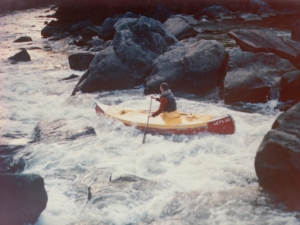
The Learning Curve
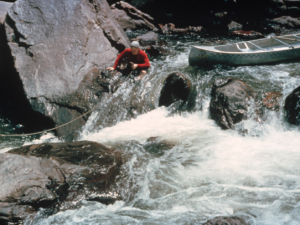
A First Descent
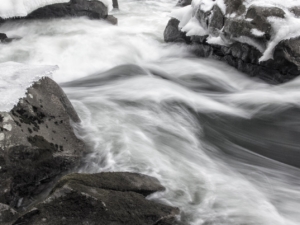 http://historyoftheupperyough.com/wp-content/uploads/2021/02/IMG_8266-e1612409641903.jpg
948
1263
chrispreperato
http://historyoftheupperyough.com/wp-content/uploads/2014/04/logo1.png
chrispreperato2021-02-04 03:26:212021-02-05 22:40:35Tommy’s Hole
http://historyoftheupperyough.com/wp-content/uploads/2021/02/IMG_8266-e1612409641903.jpg
948
1263
chrispreperato
http://historyoftheupperyough.com/wp-content/uploads/2014/04/logo1.png
chrispreperato2021-02-04 03:26:212021-02-05 22:40:35Tommy’s Hole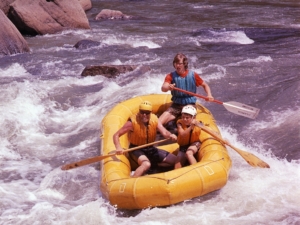 http://historyoftheupperyough.com/wp-content/uploads/2017/11/73-21-copy-e1612397228859.jpg
863
1149
chrispreperato
http://historyoftheupperyough.com/wp-content/uploads/2014/04/logo1.png
chrispreperato2021-02-03 04:20:362021-02-05 22:43:23The Guides
http://historyoftheupperyough.com/wp-content/uploads/2017/11/73-21-copy-e1612397228859.jpg
863
1149
chrispreperato
http://historyoftheupperyough.com/wp-content/uploads/2014/04/logo1.png
chrispreperato2021-02-03 04:20:362021-02-05 22:43:23The Guides

